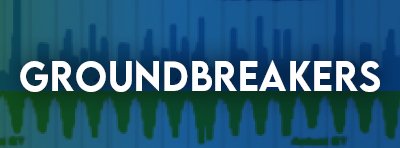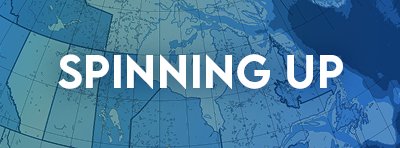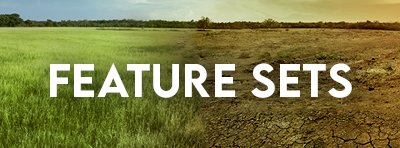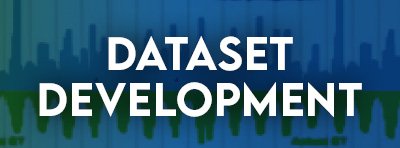
“Irreducibly unpredictable”
The climate is such a vast and complex system that it generates a lot of ‘noise’, making it hard to distinguish patterns and trends. By developing more precise models for Canada1Water, Senior Climate Scientist Andre Erler and his colleagues hope to bring newfound clarity to Canada’s climate picture — and solve some enduring puzzles.

Putting the weight of the world to work
Any model that aims to inform real-world decisions needs to be accurate. But how do you verify accuracy when there are few “on-the-ground” measurements to check against? For Canada1Water, one option is to let gravity do the talking. John Crowley of the Canadian Geodetic Survey explains how time-variable gravity, measured from space, will help validate C1W results.

Three steps to simulation
With the underlying datasets assembled into a single integrated model, Canada1Water is now in its spin-up phase. Hydrogeologist Omar Khader describes what’s involved in getting the models ready to run continental-scale simulations.

A hydrologic time machine
Once it’s up and running, Canada1Water will allow users to track the evolution of groundwater and surface water flows backward and forward in time — from 1979 through to the year 2100. Dr. Steve Frey provides an overview of the modelling framework driving the Canada1Water project.

Clearing the path to project snow on a continental scale
Precipitation is crucial to any climate model — and in Canada that often means snow. While snow can be modelled accurately on small scales with good weather data, projecting its effects continent-wide and far into the future is a whole other story. Senior Climate Scientist Andre Erler and his team are solving the puzzle by coupling innovative bias correction with climate projections to enable Canada1Water’s long-term view.

Putting the pieces together – and making sure they fit
Canada’s provinces, territories and local governments collect groundwater and surface water data. But there’s little standardization, and hydrologic systems don’t obey political borders anyway. That’s why hydrogeologist Eric Kessel and his colleagues are working hard to bring the disparate datasets together in a harmonized view for Canada1Water.

“This has never been done before”
With C1W reaching the midpoint of its 3-year development, Aquanty co-founder Ed Sudicky reflects on the project’s origins, progress — and what’s next.

Dataset Dev: September 2022 Update
We’ve made tremendous progress in developing the datasets that will form the backbone of the C1W HydroGeoSphere models. Here we review the progress we’ve made on the land surface configuration, hydrostratigraphy and model domains for the C1W HydroGeoSphere models.

Dataset Dev: Apr 2022 Update
Much of the work in the first year of the project is centered on data set development. This includes identification of data sources, normalization of data for common resolution across the six watersheds and reclassification and attribution to support project modelling.

Dataset Dev: Dec 2021 Update
Much of the work in the first year of the project is centered on data set development. This includes identification of data sources, normalization of data for common resolution across the six watersheds and reclassification and attribution to support project modelling.
